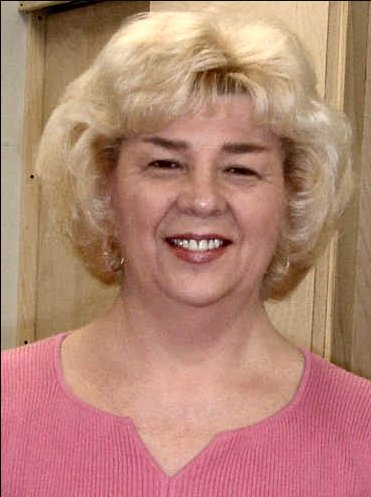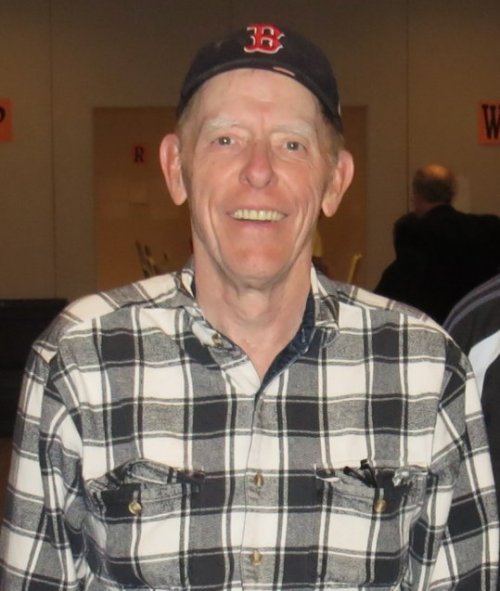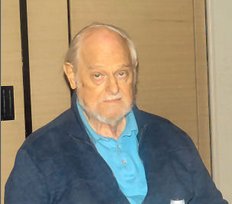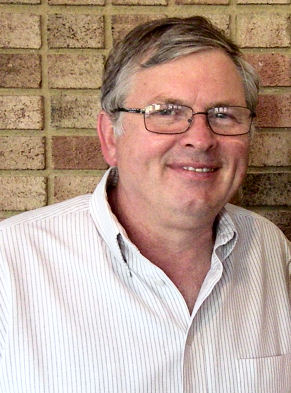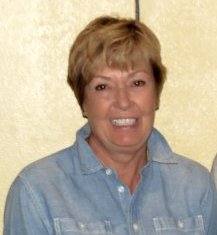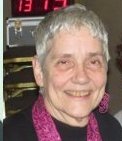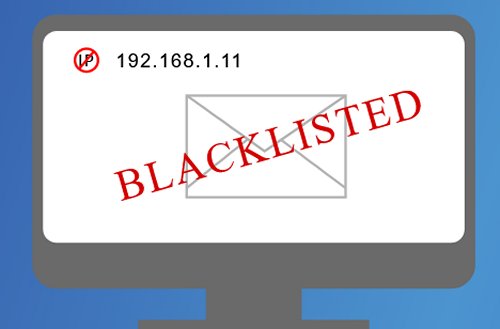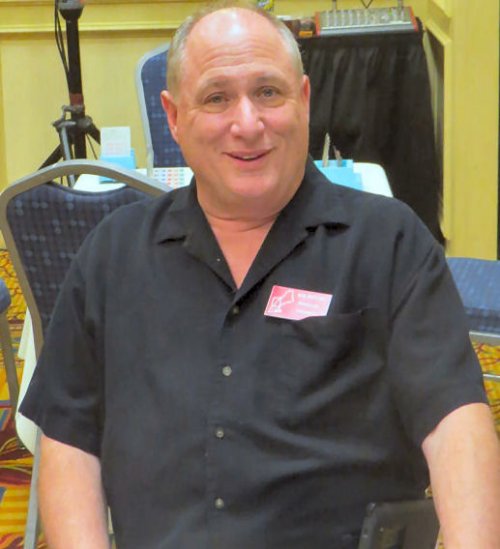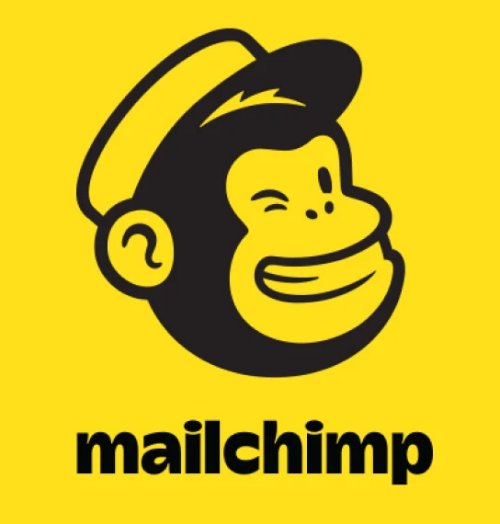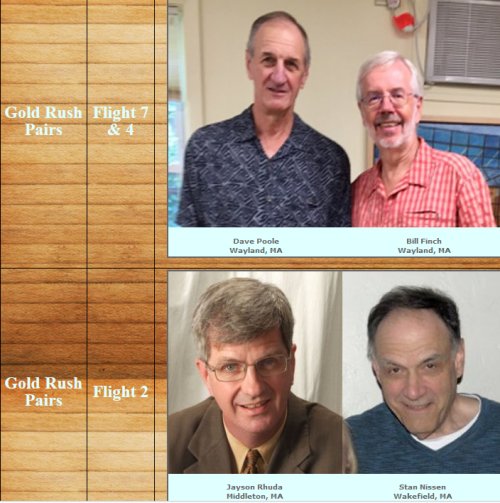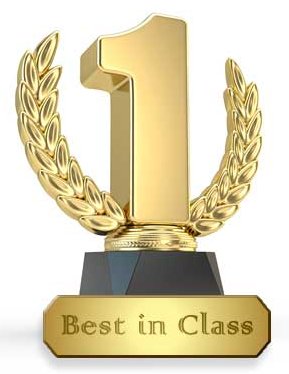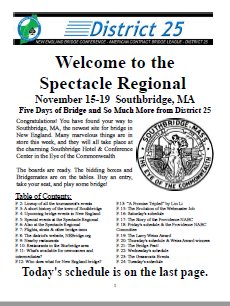Regionals and other events in New England. Continue reading
Still under construction.
By the end of 2023 I was thoroughly disgusted with the state of affairs in the district. The new president, Susan Miguel, and vice-president, Denise Bahosh, had ideas about running the district that were drastically different from the ones that Bob Bertoni and the people who had run things prior to the pandemic had promulgated. They insisted that every tournament should have a party atmosphere. They also seemed to think that the only way to induce new players to attend was to bribe them.
The final tournament of 2023 in Marlborough, MA (described here) included a meeting of the Executive Committee. One of the last things discussed was how to attract people to the evening games. I, at the last minute, suggested trying a Pro-Am pairs game in which each pair must have at least one non-Life Master. I remembered that we had attracted two sections of players to such an event before the pandemic. Susan asked if I would agree to host it. Thinking that she meant at the next tournament in February in Southbridge, I agreed. The complete story of the 2024 Pro-Am is posted here.
Playbook NLM Regional in Mansfield, MA
The first event of 2024 sponsored by District 25 was called the Playbook NLM Regional. It ran from Tuesday through Friday, February 6-10. The site was the enVision Hotel and Conference Center in Mansfield, MA., that was formerly a Holiday Inn. The Harvest Regionals were held there for a few years. The all-weekday schedule was, as I recall, devised because the hotel was not available on weekends. In late 2029 the Executive Committee, of which I was a member, held an email vote whether the Tournament Scheduling Committee, run by Denise and Susan after Mark Oettinger was forced out, should continue to investigate the feasibility of a gathering that included an open sectional and a limited regional for non-Life Masters with less than 750 masterpoints. The event was placed on the calendar without a subsequent vote.
The Gold Rush events drew nine or ten tables per day. The sectional drew more than twice as many people, but the five-day event drew approximately the same number per day as the sectional in Watertown, MA, in February 2023. Neither Sue nor I attended. The tournament broke even financially.
The Executive Committee met on Thursday evening. I attended via Zoom. As usual for the previous three years I went away both disgusted and frustrated. The only good news that I heard was that Joe Brouillard had somehow been able to report that the district had over $147,000 in liquid assets. The next tournament would be a five-day (April 17-21) affair in the Wellsworth Hotel in Southbridge, MA. This hotel was once headquarters for American Optical Company and served as the previous site for tournaments under a different name.
For some reason the Executive Committee did not meet in Southbridge, but there was a Zoom meeting on April 2. Among other things this contained the incredible news that New England will probably never be allowed to host an NABC. That means that the district now had roughly $150,000 in liquid assets and no fixed expenses whatever!
My overall reaction to the meeting was uniformly negative. We talked about everything but tournaments. The district’s leadership seem to be getting distracted from our role of running good tournaments for our players by all kinds of extraneous stuff. I let off steam with a long email to CBA president, Bill Segraves.
I am so exasperated with the attitudes of the people on the Executive Committee that I cannot sleep. I think that I must resign for my own mental health. My wife was subjected to an hour or so of ranting after this painful 2.5 hour meeting. If I had my way, the word “fabulous” would be removed from the dictionary. I am so sick of hearing how fabulous and fun everything is in an activity that I see as falling apart.
Prior to Covid I played every day in nearly every regional. Up until 2016 D25 ran six regional tournaments, one hybrid event for I/N called the Rainbow weekend, and face-to-face qualifying events in both the NAP and GNT. Here it is April, and the only open event we have held since the crappy Halloween tournament was a sectional. The only thing scheduled before June is a “right-sized” tournament in Southbridge that has been (in my opinion) poorly promoted.
Bob Bertoni, our former District Director who died in 2021, implemented the philosophy of holding outstanding tournaments through a combination of good schedules, good sites, and good marketing. Since his demise we have lost our way. In my opinion the purpose of the NEBC should be to present as many good events as possible. Online events do not qualify for many reasons. As I have written before, the online game resembles bridge in some ways, but it is not bridge any more than softball is the same game as baseball. In fact the online game is, I am quite convinced, rapidly destroying the game that I and thousands of others loved before the pandemic.
I voted against moving the GNT and NAP to online in 2021, but no one else on the ExComm did. The decision was called a no-brainer by the acting District Director. I played in one online GNT qualifier and absolutely hated it. Now we learn that we are having a difficult time attracting players to the online qualifiers, and, even though the president admitted that “the bloom is off the rose”, the best that the ExComm can do is put together a subcommittee to come up with a suggestion. To me the solution is obvious. Bring back the Rainbow Weekend (or its successor, the Gold Mine) for the Flight C GNT and hold the others at tournaments. No one even mentioned this as a possibility. Maybe we would lose a little money. So be it. The context of all of this is that we have the incredible sum of $137,000 available, and it is “99% certain” that we will be deprived of the opportunity to use it for an NABC event in New England.
To me nearly every bit of the discussion at the meeting was away from the two critical topics — online bridge and really good tournaments. Maybe we cannot do much about the ACBL’s pact with the online devil, which will apparently be expanded, not eliminated. I cannot brook the way that the Executive Committee management now seems to be focused on so many distractions from its primary purpose of putting on good tournaments. We do not need committees and brainstorming sessions to find out how to do this. Good tournaments have good sites, good schedules, and good promotion. Maybe we will lose money if we go back to this formula, but if we put on really good tournaments, I suspect that the world will come to them. If I am wrong, then at least we went down trying to do what we were supposed to do.
On another subject: The CBA board needs to be notified immediately about the massive increase in the STaC charge. I don’t think that many board members will want to accept such a large increase in the amount the CBA spends on the few clubs who run these games. Certainly not Cindy. As I said, if the HBC has to pay the table fees, I think that it might no longer participate in the STaCs, at least in the open games.
Your proposal to give scholarships to people organizing bridge clubs in college may be a good idea, but where is the evidence that there would be a lasting effect? From what I heard, as soon as the enthusiastic organizer leaves, the program generally dissolves. That is what always seemed to happen in the world of intercollegiate debate with which I am rather familiar. I don’t have any evidence about bridge clubs, but it seems to me that if we are to invest in college bridge, the money might be better spent in subsidizing the clubs themselves rather than the charismatic leaders. Also, I think that it makes more sense for this to be proposed to the ACBL educational fund rather than the NEBC, the mandate of which is to put on tournaments.
I am serious about all of this. I am tired of being the lonely vox clamantis in deserto. I cannot stand what has happened to bridge in New England during the last few years. Maybe I should just spend my efforts trying to help the Hartford Bridge Club survive. The perspective of the people there seem to accord better with my world view.
Thanks for listening.
Bill responded to my email. We exchanged views on a few of the things that I mentioned.
Spectacle Regional in Southbridge, MA
In Southbridge I arranged to play in events with teammates Jim Osofsky and Mike Heider. On Thursday my partner in the Open Swiss was Abhi Dutta. On Friday I played with Eric Vogel in the 0-4,000 knockout, a two-day event.
My experience with lunches in Southbridge had not been positive. I therefore made myself a sandwich before leaving on Thursday. I also brought a package of diced peaches and a bag of potato chips. As usual, I stopped at McDonald’s in West Stafford on my way to Southbridge for my usual sandwich. It was very slow, expensive, and they added cheese to my sausage biscuit with egg, thereby ruining McD’s best sandwich. I resolved to try something different on Friday.
I located my teammates. Mike and Jim played North-South. We lost our first round by 19 points. The second round was even worse, a by 21 point shellacking by Michael and Ulla Sattinger’s team. One of the swings was our teammates’ fault. On the other one I opened 1♥. Abhi raised. I had twelve points consisting of three kings and three jacks. We were vulnerable, and so I did not want to pass up a potential game. However, when I counted my losers, I was astounded at the result—9! I passed and then took eleven tricks. Michael must have been more aggressive. They bid the game. He was right, but Losing Trick Count, which I always consult in non-competitive auctions when we have a fit in a suit, had never let me down so dramatically.
So, we were assigned to the second three-way. We won both of those rounds, one by seven and one by one. At lunch I ate my sandwich and some of the chips. I bought a can of Diet Pepsi for $3. I did not eat my peaches because I forgot to bring a spoon. I put them back in my cold pack.
After lunch we won the fifth round by 14. We should have won the sixth round, too, but Abhi made a lead-directing double that diverted me from leading correctly after I took my only defensive trick. We won the final round by only two imps, and we needed an eleven-imp swing on the last hand to achieve it. One of our teammates’ opponents got mixed up and bid an impossible slam. They say that it is better to be lucky than good.
It seemed as if we had been playing badly, and I did not think that we had played any really good opponents. Nevertheless, we somehow ended up third in the Y strat and won 3.93 gold points even though our score of 63 victory points was 10 percent less than average.
On Friday morning I varied my routine slightly. I stopped at the McDonald’s in Scitico. The sandwich was very good and no more expensive, and the service was excellent. I also stopped at Big Y and bought a chicken Caesar wrap for lunch. I had also brought chips and the unopened container of peaches.
Eric was my partner for the Swiss that determined the four qualifiers for Saturday’s knockout. Fifteen teams competed in the 0-4,000 flight and eight in the top flight. In the old days our flight would have been split into three five-team brackets or at least an eight- and a seven-. They did not do it that way in Southbridge.
We won our first match by 17. We then lost to John Lloyd’s team by 5 because out teammates failed to bid a routine notrump game. We also lost the the third round when Eric did not look for slam after I opened 1NT. We would have lost that round anyway due to errors at the other table. We also lost the fourth round to Eli Jolley’s team. He and Judy McNutt had been our teammates in Marlboro in 2023. So, at the lunch break, which we ate with our tails between our legs, we were 1-3 and in twelfth place out of fifteen. We had almost no chance of qualifying.
At lunch Susan Miguel made a peculiar announcement. She said that there were actually two brackets hidden in the 0-4,000 Swiss. A total of eight teams, not four, would qualify. This certainly sounded illegal to me. Who ever heard of changing the rules at the halfway point of an event? Susan characterized it as “exciting news”.
In any case it did not help us. With more than 9,000 points we were surely in the top group. We would still need to pass eight teams in the three rounds after lunch. It seemed hopeless, but in actual fact we did better than that. We faced three teams that were in the lower “bracket”, and we defeated them by 19, 6 (Abhi’s team), and 19 imps. That brought our total victory points to 77.99. I did not think that that would be enough to qualify, but in fact only three teams had more, and one of them was in the lower bracket.
Tim Hill, the director, cut a deck of cards to determine the matches in the semifinals. We drew the Sattingers, who were the top seed. That was fine with me.
On Saturday morning I repeated the routine that I established on Friday. This time I remembered to bring a spoon so that I could eat my peaches. I also bought a 20-ounce bottle of Diet Coke.
It is very painful to write about the semifinal. Mike and Jim played against the Sattingers. We played against Lew and Linda Millenbach, who were friends of the Sattingers. Both couples lived in the Albany area. In our room it was a very friendly match, although Linda upbraided Lew several times for not following their conventions.
Eric and I played very well in the first set. On the very first hand he bid and made a slam that netted us 13 imps. Our lead at the break was 14.
I had great cards at the beginning of the second set, and I made the most of them. In the first five boards I bid and made two slams. They were also bid and made by Michael S. in the other room. However, on the sixth board Eric made the inexplicable play of ducking the setting trick in a game contract. That exactly erased the 12 imps that we had gained on the first and fourth hands. We lost 11 more on two hands in the second group of six, but we still had a three-imp lead in the match going into the very last hand, on which the Millenbachs made an overtrick on a strictly routine game contract that somehow Mike and Jim failed to find. We lost by four. I was absolutely crushed. I could not possibly have played any better, and Eric was also at the top of his game in the second set.
The consolation match was against Richard Underwood and Joanne Schlang, whom I had never previously met. They lived in Voorheesville, NY, which is west of Albany. I was wearing my Michigan sweatshirt.
Joanne announced that she had attended U-M between 1966 and 1970. I responded, “So did I.” She then told how she had been the absolutely last freshman admitted in 1966. I had nothing to add to that story. When they asked me what I studied, I admitted to “not much of anything.” That was the truth. She admitted that she never attended a U-M football game. I told the story of how I only missed the very last one, one of the greatest victories in Michigan history.
I got terrible cards for the entire match. I kept my attention up, but the disappointing results from the other room outweighed the mistakes made by our opponents, and—once again!—Eric and I lost both head-to-head matches in a knockout in Southbridge. Eric told me that he did not want to play with Mike and Jim any more.
I felt like quitting bridge. If we did not play with Mike and Jim, who would we play with? I had experienced great difficulty in finding partners and teammates since the pandemic. I was in a miserable mood for the entire drive home.
Sue went to a movie somewhere in southern Connecticut on Saturday evening. I bought a bag of fried chicken at Big Y and devoured a thigh and two legs while I watched Tim Burton’s Mars Attacks (an unpleasant experience). The chicken must have been under the heat lamp all day. It was not very good.
Fall tournament will be at the Holiday Inn in Norwich CT.


